What is fill power? Understand the insulating capacity of your down gear
What is fill power? Understanding this term will help you choose the best insulated gear for staying warm on your adventures and we’re here to help

What is fill power? If you’ve ever shopped for a new down jacket or sleeping bag, you’ll have noticed a term on the label that reads something 650FP and may have wondered what it means. Is higher fill power better and do light, packable down jackets have less fill power? Understanding what fill power means will help you choose the best down jacket and other insulated gear for staying warm on your adventures and we’re here to help.
What is fill power?
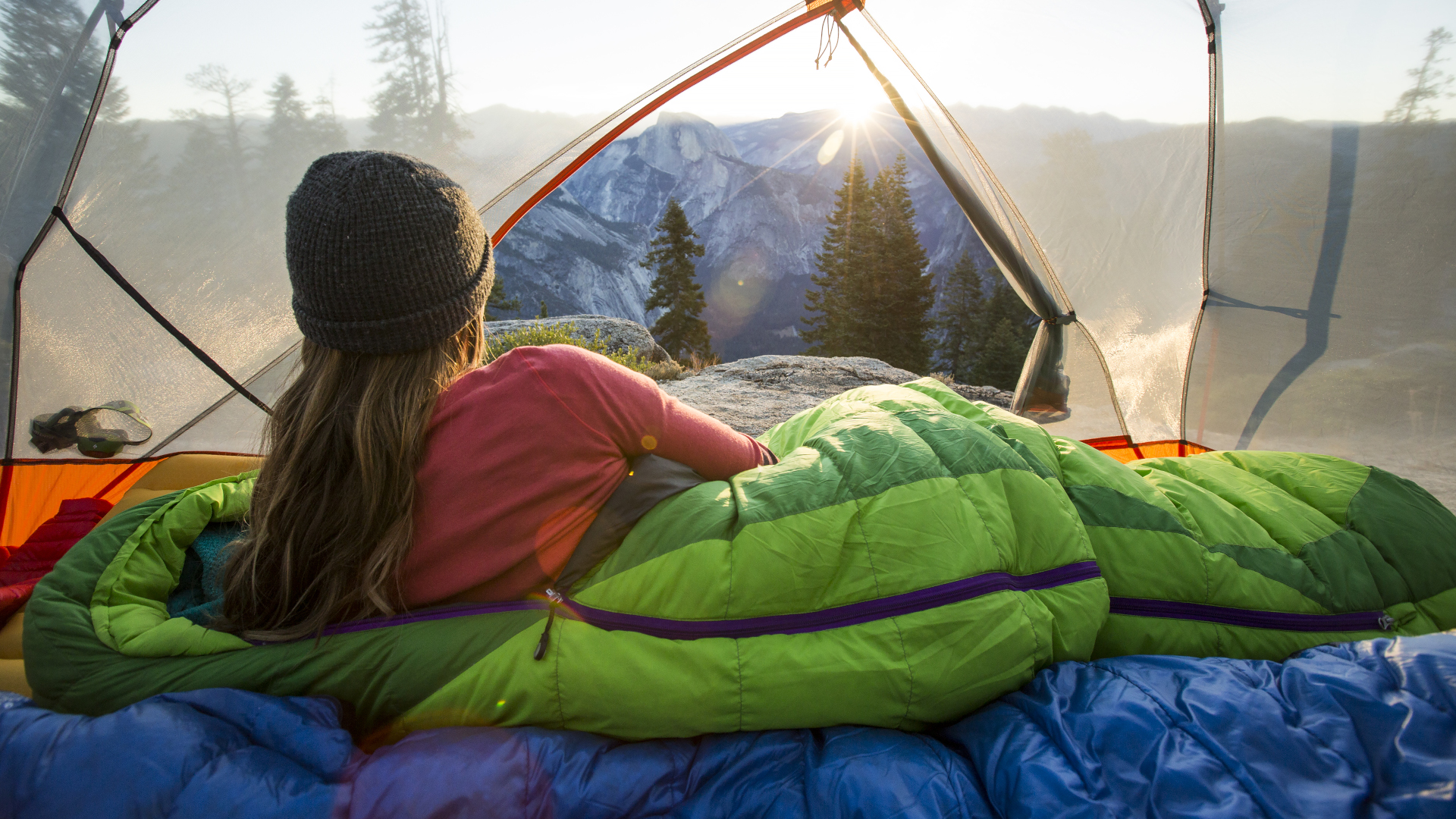
First off, the term “down” refers to the fine feathers found on a young bird, or under the tougher, exterior feathers of an adult bird. Down makes a great insulator for birds and it does the same job when it’s inside your favorite down jacket or gilet.
However, not all down is created equal and fill power, also known as “loft,” refers to the fluffiness of down and is a way to measure its insulating capabilities, or essentially its quality. Down insulates by trapping air, and the more air a certain weight of down can trap, the better it is at keeping you warm.
Fill power is measured in a lab, where an ounce of down is slowly compressed for one minute then measured for volume. The volume of that ounce of down in cubic inches equals the fill power of that down, so 300 cubic inches equals a fill power of 300, which is the lowest fill power you’ll find in gear, while the highest fill power is around 900. In short, fill power describes down’s ability to fluff back up after being compressed – the more it can fluff up, the more air it’s able to trap which means more heat provided for your body.

The caveat is that when it comes to the label on your down gear, fill power doesn't necessarily indicate how warm it will be, as that also depends on how much of that down is inside your gear. For that, you’ll want to look at the fill in terms of grams. A 400 fill jacket containing 300 grams of down will keep you as warm as an 800 fill jacket with only 150 grams of down – it will just weigh more and be bulkier. The amount of down in a jacket isn’t usually disclosed, but sleeping bags will tell you both the fill power and amount of down in weight.
Finally, there are other factors at play too, such as the material the shell of your jacket or bag is made from and the lining.
What is a good fill power?
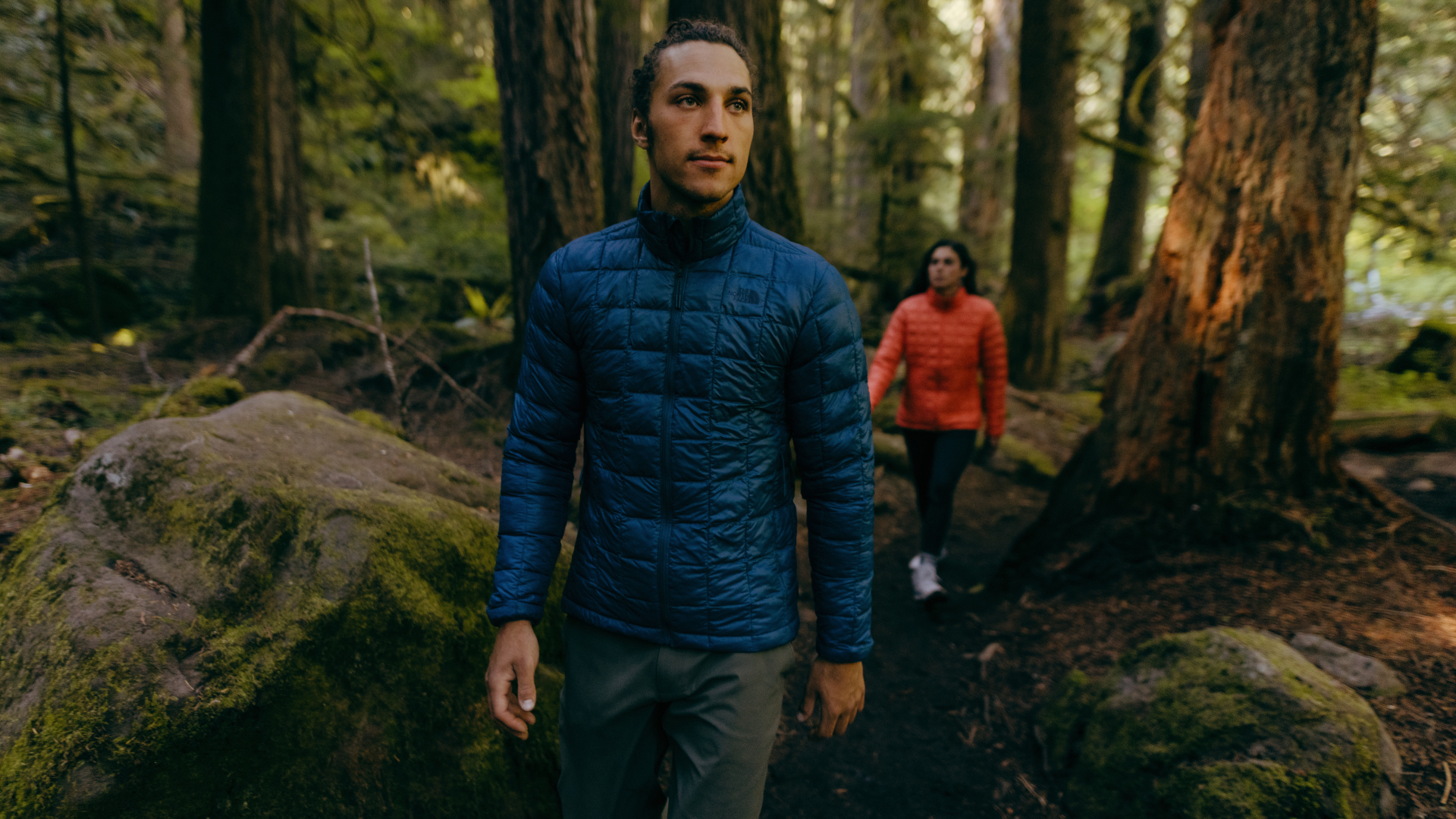
As we said, fill power ranges from 300 to 900. Anything below about 450 is considered low quality down and anything above 550 is considered high quality. The best quality down is goose down, which compresses less than other types of down and therefore traps more air, providing more warmth. So objectively speaking, a down item with a fill power of 900 is the best. That said, it really depends what you need it for.
All the latest inspiration, tips and guides to help you plan your next Advnture!
If you’re going winter camping and anticipating sub zero temperatures, then a down sleeping bag with a fill power of 800 or more would probably keep you toasty. But a down jacket with the same fill power would be far too warm if you’re planning on snowshoeing in temperatures of 30 °F or higher.
Is higher fill power better?
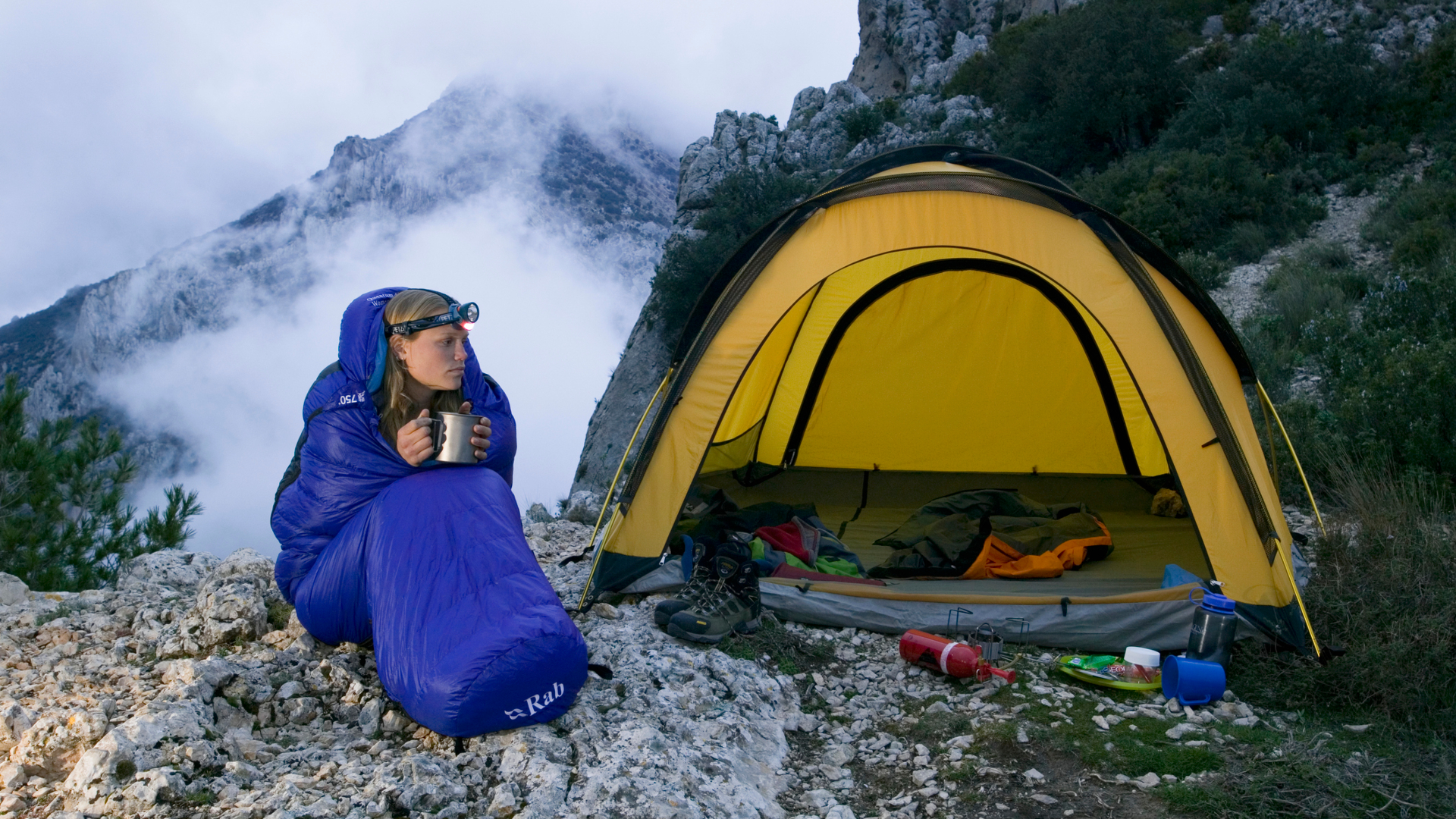
Again, the answer to this question lies a little in what you need the gear for. Higher fill power means higher quality and also higher price. Assuming you want a jacket that will keep you really warm and packs down small, you’d be better off looking for one that contains a smaller amount of higher fill power down.
Even if you don’t know how much down it contains, a light, sleek down jacket with a fill power of 700 or higher is likely to keep you very warm and not take up too much space in your backpack. This type of jacket is going to cost you more, but if you’re carrying all your gear on an overnight trip, you may be willing to fork over more cash for less weight and more packability.
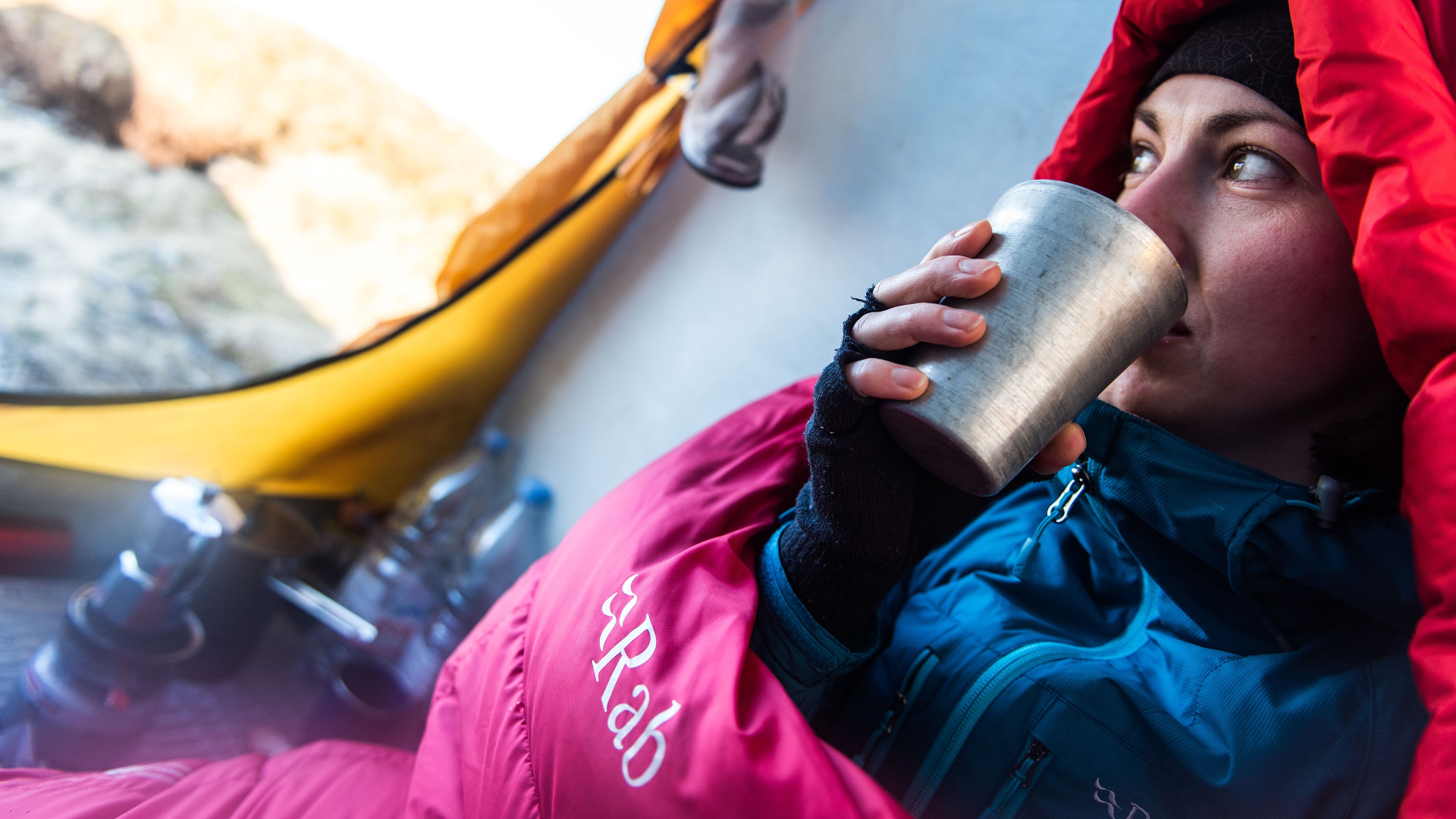
A bulkier down jacket could contain twice as much down with a fill power of 350, half that of the jacket described above, and if it were made from the same shell material would keep you just as warm, but take up more space in your pack. It will also be cheaper, so the answer really depends on your needs. If you just want an affordable insulating layer for throwing on over your fleece jacket while hanging out at the crag between climbs, you might skip the expense and stay just as warm.
Ethical considerations
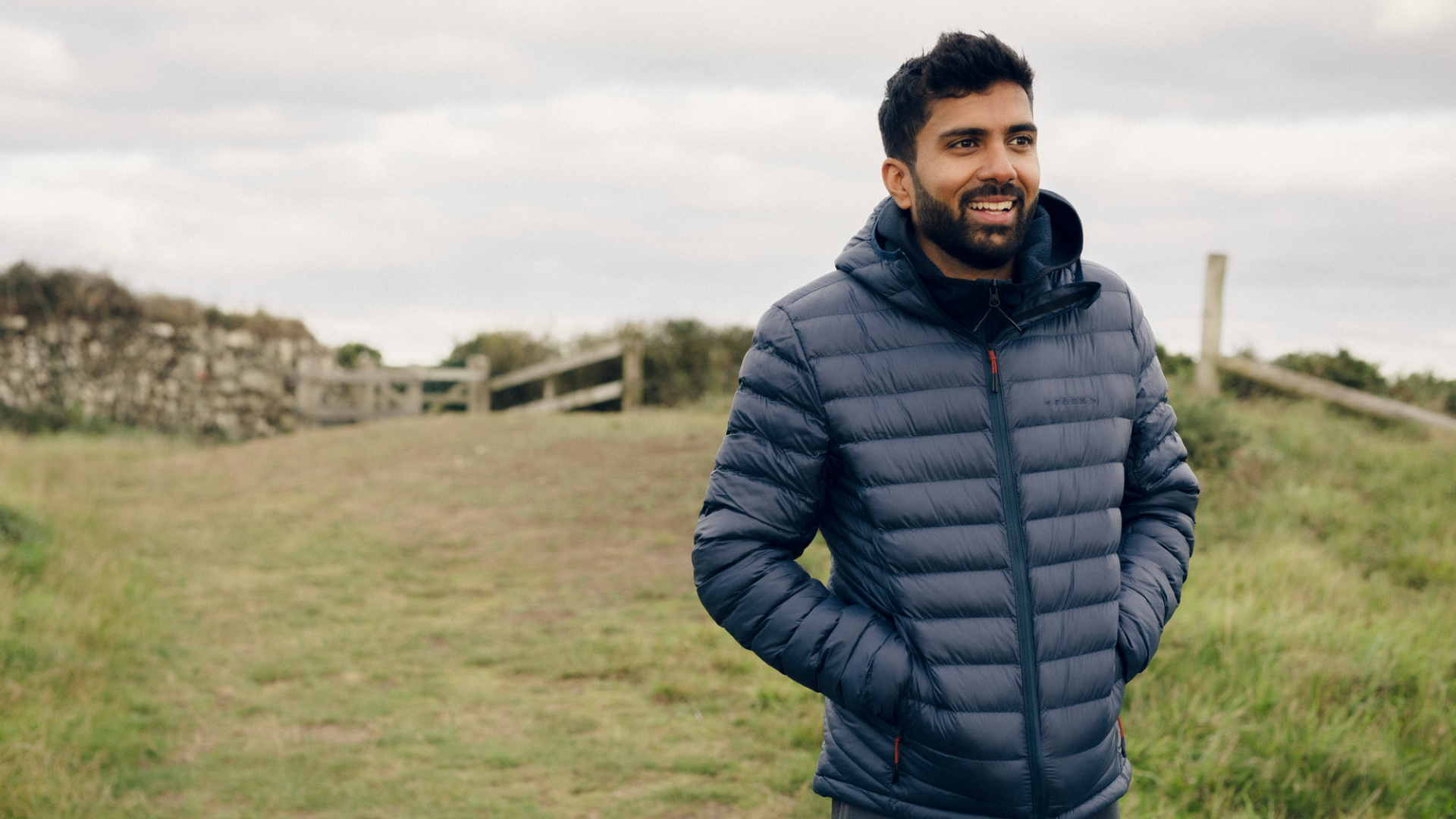
Finally, it’s impossible to have a conversation about down without raising the ethical considerations. Increasingly, there are ethical options when it comes to down insulation and it’s worth knowing more about ethical down products before you buy. If you’re in the market for insulated gear, also take a look at our article on down vs synthetic insulation to decide which you need and what you feel most comfortable with.
Julia Clarke is a staff writer for Advnture.com and the author of the book Restorative Yoga for Beginners. She loves to explore mountains on foot, bike, skis and belay and then recover on the the yoga mat. Julia graduated with a degree in journalism in 2004 and spent eight years working as a radio presenter in Kansas City, Vermont, Boston and New York City before discovering the joys of the Rocky Mountains. She then detoured west to Colorado and enjoyed 11 years teaching yoga in Vail before returning to her hometown of Glasgow, Scotland in 2020 to focus on family and writing.

